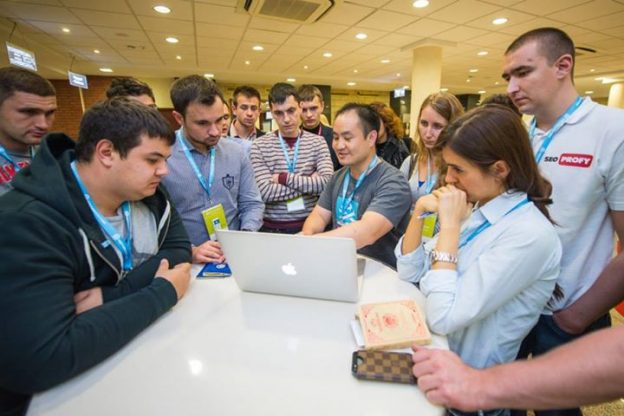How These 21 Proven Marketing Tactics Transformed My Business Strategy
Mastering the art of content creation, SEO, and marketing is crucial for success. The 21 actionable tactics by @dennisyu, that can transform your approach and yield impressive results. Here’s how I’ve implemented his advice to elevate my business. 1. SEO: The Power of Intentionality Dennis Yu emphasizes the importance of being intentional with SEO. When […]
How These 21 Proven Marketing Tactics Transformed My Business Strategy Read More »



